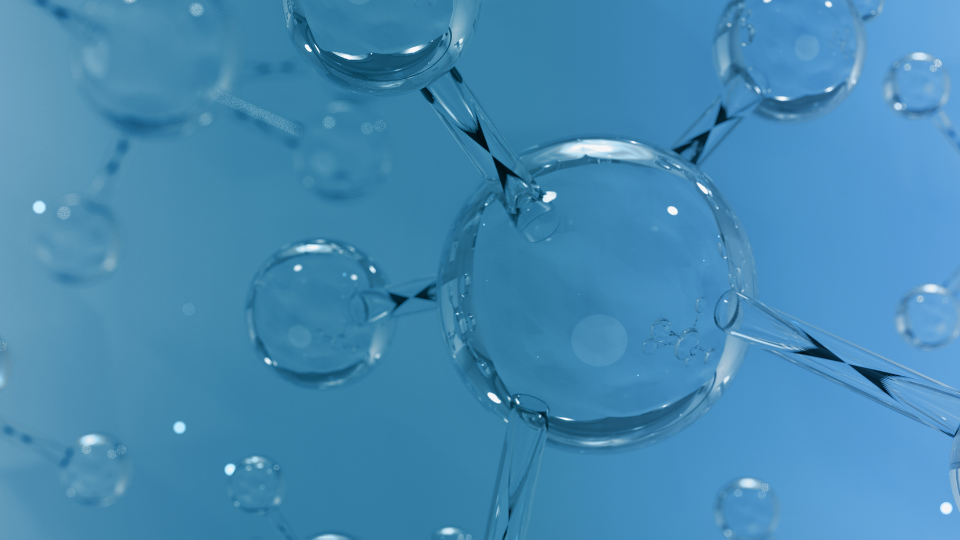Pet food labeling and preservative use

‘No added preservatives!’ The varying water content in pet food affects the need for preservatives, and therefore the labeling and claims of pet food manufacturers.
Microbial growth in food is affected by many factors, including moisture and storage conditions. Commonly used in human food and pet foods alike, preservatives adhere to their name: they aim to preserve food throughout its shelf-life. As pet food comes in many forms, including both wet and dry, levels and types of preservatives differ. This affects many labeling and branding claims used by pet food companies.
Microbial growth formation
Life on earth did not start until one key ingredient came around: water. When it comes to pet food, moisture, together with nutrients in the feed, provides the necessary ingredients for molds and bacteria to grow.
Dry and semi-moist pet food is not sterilized, and microbial growth can be controlled within safe bounds by using preservatives, using nitrogen gas at the end of the production process, or keeping moisture levels at a minimum. Semi-moist feeds have higher moisture contents than dry food and are accordingly more prone to microbial formation if no preserving methods are employed.
Wet food (canned, sachets, trays, cartons) is retorted or sterilized after sealing the packaging, which can be sufficient to stop microbial formation. In contrast, fresh or raw formulations tend to have a shorter shelf-life than the other product categories, and are stored cooled or frozen as the main preservation method.
Water activity as KPI
A frequently used quality measure is water activity (aW), which indicates the percentage of moisture in the feed that is available for binding and thereby for microbial growth. For example, one grain may have integrated water as moisture within the grain itself, while another grain is internally drier but has water available as dew on the outside. The latter could be more susceptible to mold spoilage.
Moisture content of the raw materials at intake therefore plays a role in how easily microbes form, but the storage conditions are also important. The temperature and humidity of the manufacturing environment are further factors, together with target moisture levels of the finished product. The manufacturing process and equipment also affect moisture absorption into the finished product and thereby aW.
Preservatives, not antioxidants
Sometimes confused, preservatives and antioxidants share a commonality in food because both reduce spoilage of food, maintain nutritional content, and decrease formation of toxic compounds – but do so in different ways.
Preservatives reduce the growth of microbes, whereas antioxidants prevent oxidation or rancidity of fat. In a rough summary, preservatives aim to prevent pet owners from opening a bag of food and seeing mold. Antioxidants aim to prevent them from opening a bag and encountering a stale smell.
Preservatives in the EU are acids, such as propionic acid and sorbic acid, that lower the pH of products and thereby inhibit microbial growth. These acids can be stabilized by binding them, as is the case with, for example, calcium propionate and potassium sorbate. Those are 2 examples of ionic chemical bonds, whereas other components might offer stronger covalent bonds. The type of bond determines the strength and stability of the acid – and thereby how long it remains in the pet food and functions as a preservative.
Branding and labeling
Companies offering branded preservatives have created mixtures of acids which may differ in concentration, and may also include other compounds to provide a synergistic functionality. A commonly added additive is a surfactant which reduces water tension and allows the acids to further enter into the finished product.
Most preservatives used in pet food are feed additives, although there are some feed materials as well. In EU legislation, additives with a legal limit for the target species must be declared. Some preservatives now have a legal maximum where there wasn’t one before. However, there is a derogation in place that allows preservatives to be declared as a collective ‘preservatives’, as opposed to the individual compounds being listed.
In some cases, the pet food contains raw materials which have been preserved themselves. The addition of substances for preservation of the raw materials only, as opposed to preserving the finished product, does not require them to be declared. Their presence would still show in an analysis and the finished product cannot be claimed to be ‘free from’ preservatives. However, if no preservatives are added other than through the raw materials, the claim ‘no added preservatives’ could potentially be made.
